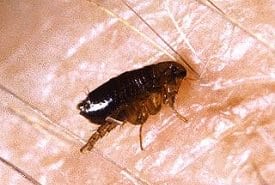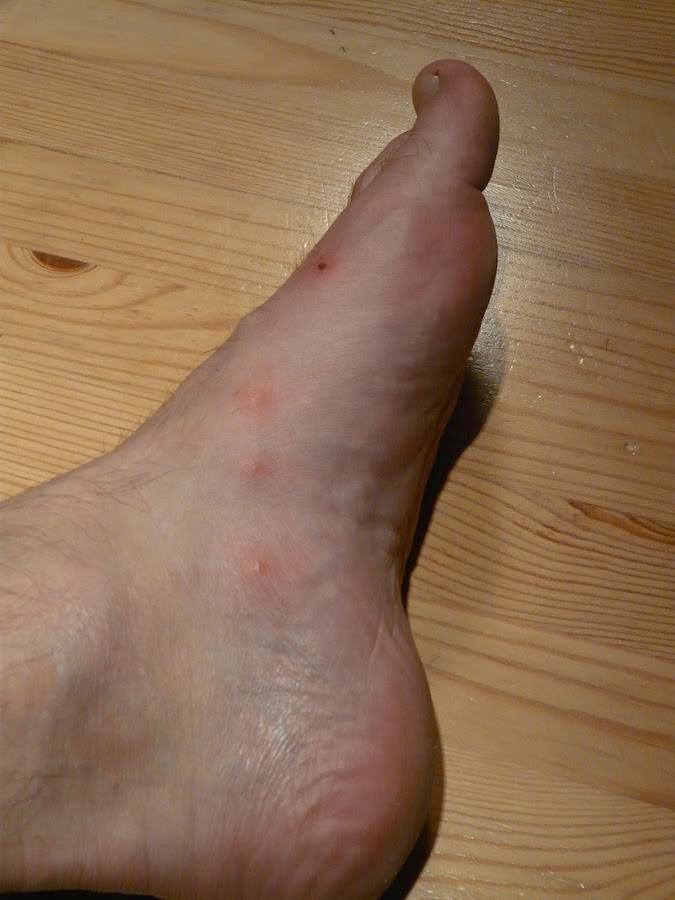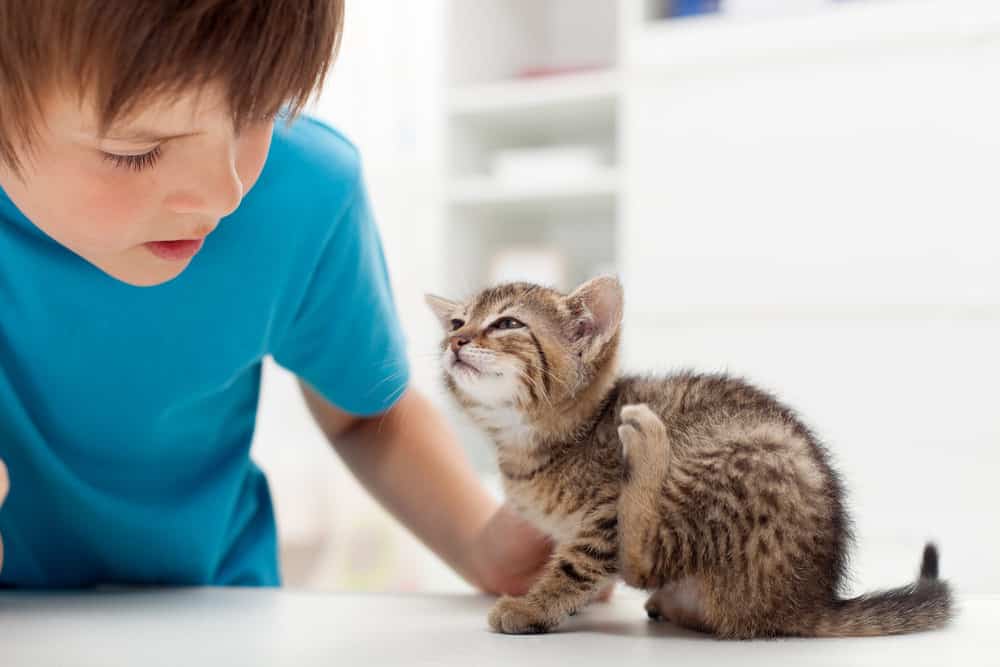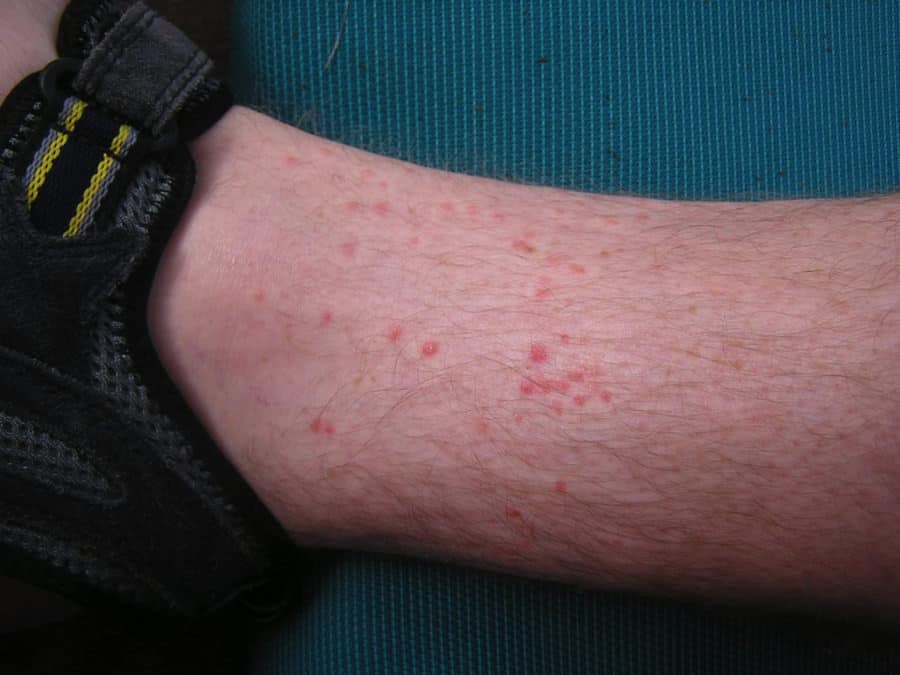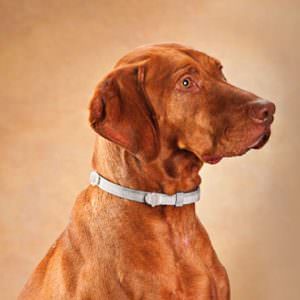How Do Dogs Catch Fleas?
Fleas are nasty, irritating parasites that are a concern for all dog owners. The best way to tackle fleas is by attending to the problem before it becomes a source of discomfort for you and your dog. This means being proactive in the face of these annoying pests.
The way to do this is by learning as much as you can about fleas and the manner in which they can find their way onto your dog. By gaining an in-depth understanding of the cause, you can effectively mitigate the risk of a flea infestation in the future.
In this article, we will examine how your dog can get fleas and how best to avoid it.
Signs Your Dog May Have Fleas
One of the most common signs that your dog is suffering from a flea attack is itching and scratching. As with all parasitic creatures; fleas cannot survive without feeding upon their host. Fleas bite and feed upon your dog’s blood multiple times a day.
Flea saliva contains a chemical which “pre-digests” the skin and makes it much easier for them to puncture through the surface to reach their meal. This chemical is what causes the irritation and itching which drives your dog crazy. In some cases, particularly sensitive dogs can suffer an allergic reaction, becoming extremely itchy after a single flea bite. This can cause them to chew and scratch at themselves for many days afterward.
Flea bites leave a mark which is visible to the human eye. Take a close look at your dog’s belly and around the top of the back legs, rump, and tail area.
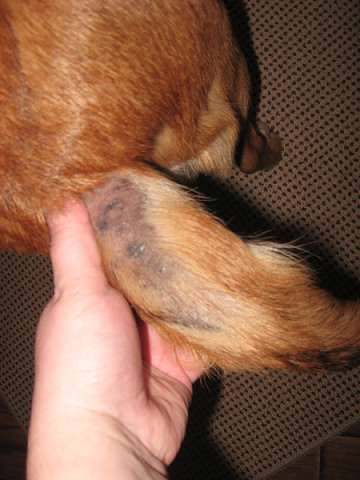
You will see little red bumps and pinpricks if your dog is under attack. In many cases, your dog can scratch themselves raw in these areas – resulting in the loss of fur and scaly, sore skin.
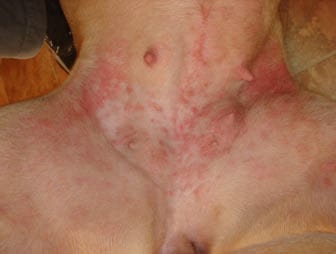
If your dog has damaged themselves in this way, it is important to keep the area clean and treat to prevent infection and further disease.
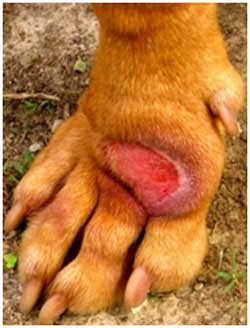
Take the time to look through the fur when petting your dog. By parting the fur carefully on the back of the neck, belly, and base of the tail, you will usually be able to spot any sneaky fleas which are hiding out in these favored areas. They appear as very small, black or dark brown specks which generally leap away after being disturbed.
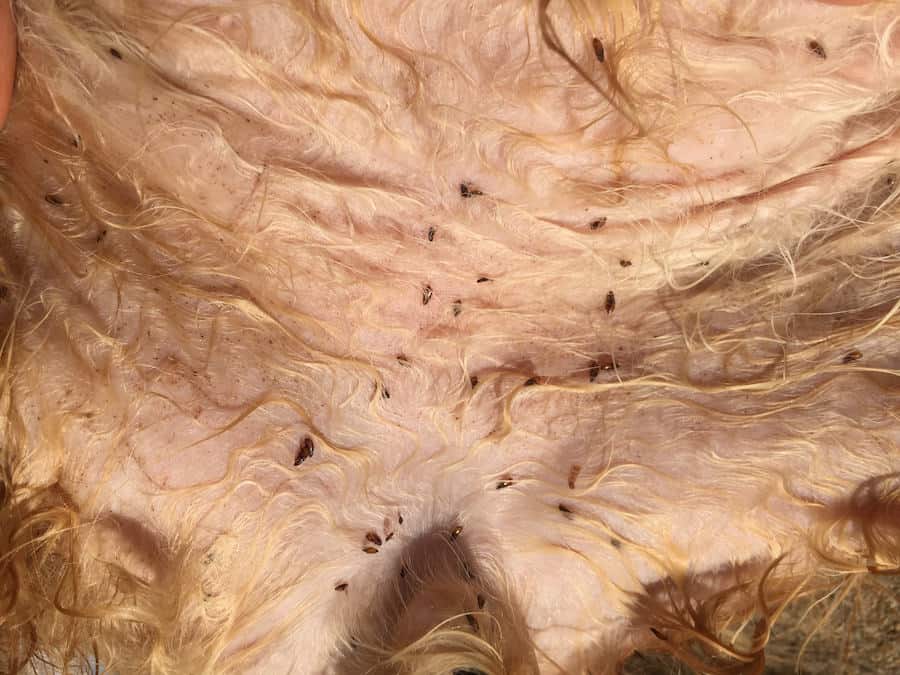
You can also usually spot flea eggs in a dog’s fur if you look very carefully, although be aware that they can closely resemble flaky skin/dandruff.
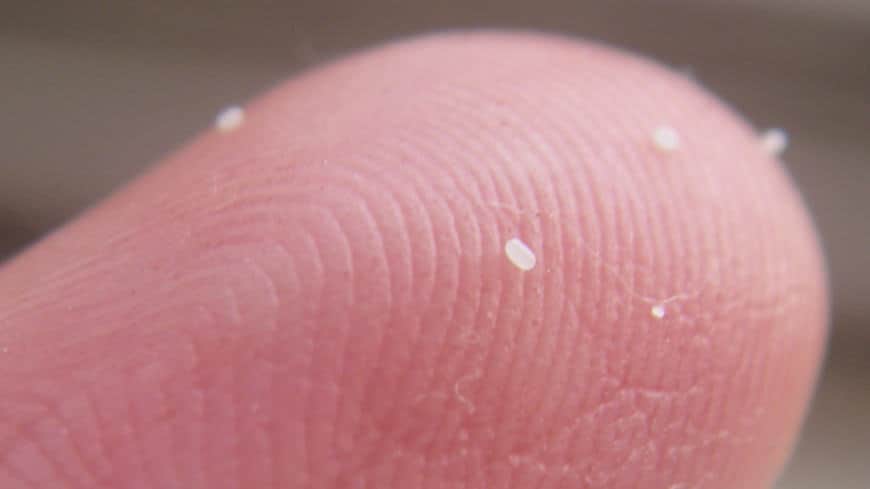
A great way to thoroughly check if your dog has fleas is by using a fine-toothed flea comb. You can find these at every pet store or purchase from your veterinarian’s office. Encourage your dog to lay down and gently but firmly run the comb across the belly or back, making sure it is making contact with the skin underneath. Do this for a few minutes and then inspect the comb.
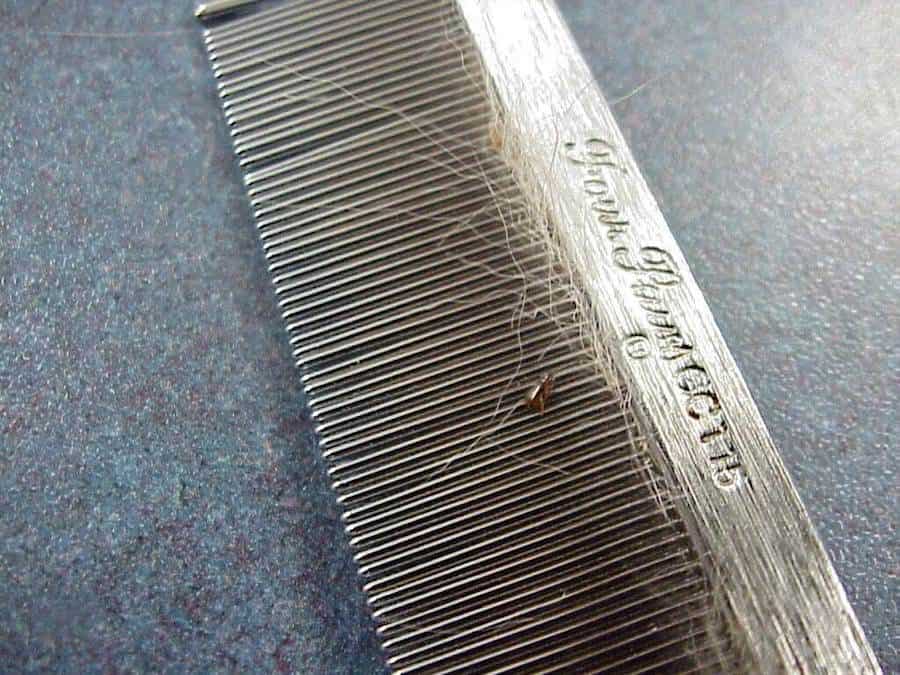
If you see what looks like pepper mixed in with the loose fur, this is very likely to be “flea dirt” or flea excrement. Make sure you wash the comb in hot, soapy water to drown any living fleas you may have caught in the comb during this process.
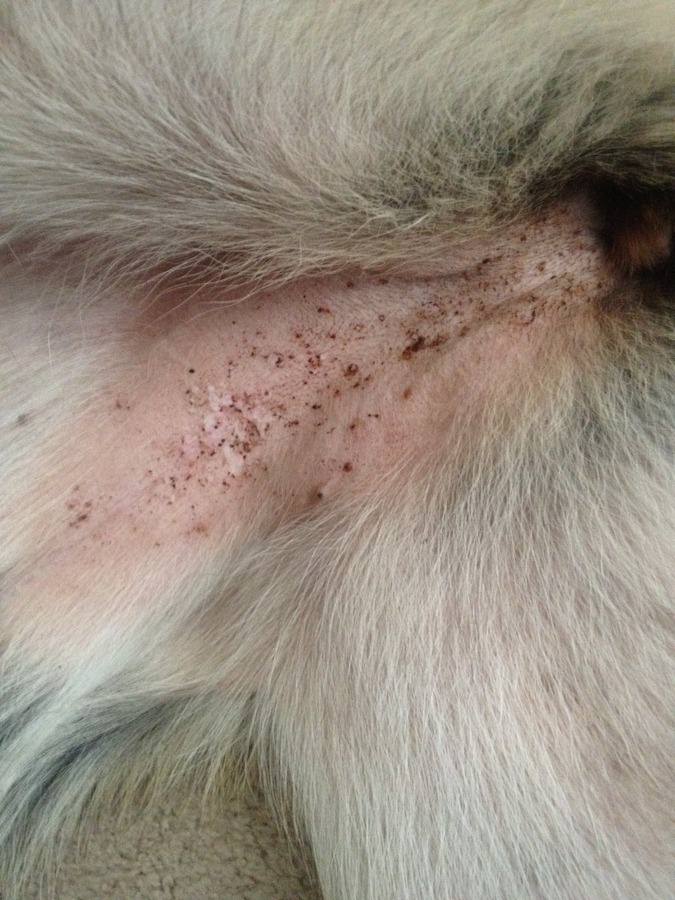
If you struggle to see any flea dirt, perhaps because your dog has dark fur, a clever tip is to place a light-colored towel or sheet under your dog while you brush them. Any black specks which fall off onto the sheet will be more clearly visible.
In the event that you are unable to detect any sign of fleas, but your dog is still unhappy and scratching, the best option is to ask your vet to take a look. Your vet may conduct a skin test to determine if your dog is suffering an allergic reaction to a bite, or if there is another cause for the scratching.
How Do Dogs Get Fleas?
Fleas are hardy pests that will never pass up an opportunity to latch onto an unsuspecting victim. There are numerous ways your dog can pick up an unwelcome hitchhiker. Here we examine the most frequent ways your dog catches fleas.
From Other Animals
By far the most common means which your dog will get fleas is by contact with other infected animals. Dogs are very sociable animals by nature and love to meet and play with other dogs. This is not something which you should stop your canine friend from doing, as it is extremely important to their wellbeing.
Therefore, you cannot prevent your dog from getting close to other animals. Also, you will not usually have the option of choosing to have your dog play with only those who have been treated to protect against fleas. Of course, the best way to defend your dog when they play with their friends is to make sure they are protected themselves.
It is not just other dogs which are a risk when it comes to the transfer of fleas. There are in fact many domestic, feral and wild animals which can carry them. Dog fleas generally prefer to feed upon dog blood, but cat fleas are not fussy and will also set up home on your dog. If you have mice in or around your home, mouse fleas can also spread to your dog.
The most common wild animals which carry fleas are: birds, squirrels, ferrets, rodents, skunks, rabbits, opossum, foxes, raccoons, deer and bovine animals.
Within Your Home
As we have seen, fleas are adept at getting a ride from one location to another. Fleas from other animals which come onto your property can find their way into your home; even one flea has the potential to start a serious infestation in a relatively short period of time.
It is not just animals which fleas can hitch a ride upon. Humans can also bring fleas into their home on their clothes, or via infested secondhand fabrics, toys, furniture or bedding.
Once fleas are inside your home, it will not be very long before your beloved pooch begins to scratch. Common flea hiding places in the home include pet bedding, couches and carpets.

Kennels/Grooming/Pet Care Facilities
If your dog visits a place where many other dogs or animals have been or currently congregate, this is a high risk for fleas. Examples are pet stores, kennels, veterinary clinics, dog shows, dog training classes or grooming parlors. Good establishments will be very careful about preventing fleas at their sessions or upon their premises.
It is advisable to ask what precautions are in place before taking your dog to one of these venues. This question should not be received as rude or inappropriate. In fact, the openness of the response given will tell you a lot about how professional the establishment is.
Also, there is a risk involved when visiting other peoples’ homes with your furry friend. They may have pets of their own, or fleas within the home which can transfer onto your dog.
From Being Outside
It is not just meeting other dogs when out for a walk which can contribute to a flea problem for your pooch. Simply being outdoors can bring your dog into contact with these irritating pests.
Outside spaces which harbor a lot of wildlife, or those which have long grass, tend to be prime spots for fleas. They will lay in wait for your dog to pass by, before leaping aboard and hitching a ride back to your home. If you have a dog which has an unsavory fascination with dead animals, this is a particularly high risk. Any fleas which have been living on the recently deceased creature will be desperate for a new host to relocate to, and will waste no time before hopping onto your dog.
Your dog can pick up fleas in a wide variety of outside spaces:
- The park
- Your yard
- Neighbors yard
- Nature spots
- Fields or lawns
- Hiking trails
It is important to remember that fleas which have transitioned to your home may have arrived via wildlife or even an infestation on your neighbor’s property.
Of course, it is easy to treat your own property for fleas, but it is much more difficult to manage an infestation in your neighbor’s yard or the local park. The best thing to do is chat with other dog owners about any flea problems they have had, they may be able to advise you upon the locations to avoid.
If the fleas have been transferred to a dog from your own outdoor space, there are plenty of flea sprays available for the yard, as well as other outdoor flea treatment methods.
From Human Transport
Most of us like to take our dog for a ride in the car to visit new places for a walk, or to see friends. Unfortunately, this can mean that it is not just your home or outdoors where your dog can acquire an unsolicited passenger.
Of course, fleas can be deposited in your car after you have visited a pet facility, been out for a walk, or simply by parking your vehicle in an area in which fleas are living. Once you open the door and yourself and your dog leap aboard, there could be some extra bodies getting in with you.
For this reason, it is crucial to also treat your car if you find your pet has a flea infestation.
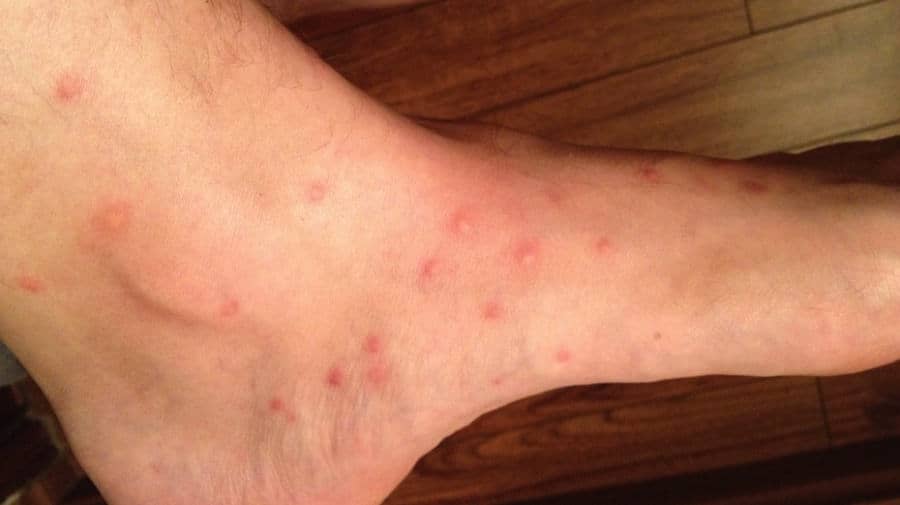
Summary
As we have seen, there are numerous ways in which your dog could find themselves with an unwanted parasitic companion. Fleas are the cause of much stress and discomfort for your dog, but they are an unfortunate part of life which must be understood to be managed and effectively prevented.
By knowing how your dog could acquire fleas, you will be fully prepared to tackle the problem before it gets out of control – keeping both you and your pooch happy and healthy.

